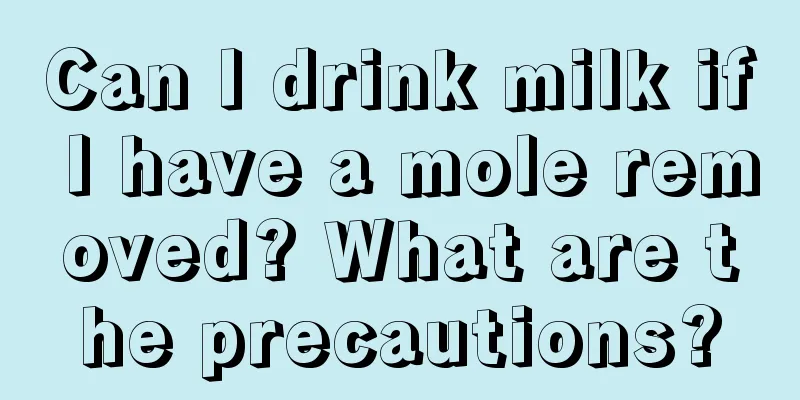What are the manifestations of Xiaochuan symptoms

|
Many people are prone to asthma after entering middle age, especially during the spring and autumn seasons, when many people are prone to respiratory diseases. Because people don’t have enough knowledge about the disease, they don’t know the difference between asthma and bronchitis. Some people also think that asthma is a symptom of bronchitis. So, is asthma a symptom of bronchitis? What is the difference between the two? Typical bronchial asthma has precursor symptoms such as sneezing, runny nose, coughing, chest tightness, etc. before an attack. If not treated in time, asthma may occur due to worsening bronchial obstruction. In severe cases, the patient may be forced to sit or sit up to breathe, have a dry cough or cough up a lot of white foamy sputum, and even cyanosis. But generally it can be relieved by self-treatment or with anti-asthmatic drugs. Some patients may have another attack a few hours after relief, or even develop status asthmaticus. In addition, there are atypical manifestations of asthma in clinical practice. For example, in cough variant asthma, patients cough without obvious cause for more than 2 months, and the attacks often occur at night and early morning. The symptoms are aggravated by exercise, cold air, etc. Airway reactivity tests show high reactivity. Antibiotics or antitussive and expectorant drugs are ineffective. The use of bronchial spasmolytics or corticosteroids is effective, but other diseases that cause coughing need to be ruled out. Asthma is a symptom and is clinically divided into exogenous asthma and intrinsic asthma according to the presence or absence of allergens and the age of onset. Exogenous asthma often occurs in childhood and adolescence, and often has a family history of allergies. It is a type I allergic reaction. Endogenous asthma usually has no known allergens, occurs in adults, has no obvious seasonality, and rarely has a history of allergies. It may be caused by infection foci in the body. Asthmatic bronchitis is asthma that occurs on the basis of infection. Its clinical features are: 1. Common in children under 3 years old who are puffy. 2. Often have a history of eczema or other allergies. 3. Most people experience expiratory dyspnea, shortness of breath and nasal flaring 2-3 days after upper respiratory tract infection. In severe cases, three depressions may appear, namely the suprasternal fossa, intercostal space and supraclavicular fossa. 4. Auscultation of both lungs is mainly characterized by wheezing, prolonged exhalation, and often accompanied by moderate moist rales. 5. There is a tendency for recurrent attacks. For most children, the frequency of illness will gradually decrease as they grow older and their body resistance improves, until they recover. However, bronchial asthma is an allergic disease, which is mainly caused by spasm of bronchial smooth muscles. This disease often occurs suddenly and stops suddenly, and clinical use of bronchodilators can produce immediate results. Therefore, wheezing is a symptom. Although asthmatic bronchitis is not the same as asthma, there is indeed a certain connection between the two. Some asthmatic bronchitis may develop into asthma after a few years. |
<<: Symptoms and preventive measures of prostatitis
>>: What are the symptoms of lumbar dislocation
Recommend
Is there a difference between leaky gut and hemorrhoids?
Leaky gut and hemorrhoids are two completely diff...
Oily outside, dry inside, large pores and acne
With increasing age, more polluted living environ...
What kind of food is wonton
I believe everyone is familiar with the word wont...
What causes a slow heart rate?
Patients with bradycardia usually have physiologi...
Is lung cancer difficult to detect? If you have 6 symptoms, beware of lung cancer
Lung cancer is the most common malignant tumor in...
What kind of manicure looks good
For many female friends, manicure is something th...
Is the abnormal enhancement nodule liver cancer? It is not liver cancer, but precancerous lesions
In recent years, with the popularity of liver mag...
Is diatom mud toxic and harmful?
As a new decorative wall material, diatom mud has...
The efficacy and function of sapphire
Sapphire has a very important meaning in the hear...
How about detoxification capsules
There are many ways to detoxify the body. When wo...
What to do if you are one month pregnant
One month into the pregnancy, it is mainly the ea...
How to clean golden cicada flowers
The nutritional value of Cordyceps sinensis is ve...
How to regulate your body if you want to have a daughter?
With the development of society, people's ide...
What are the benefits of ivory to the human body
Elephants are large animals with a pair of very d...
Scalp redness and dandruff
Nowadays, the issue that many people are most con...









